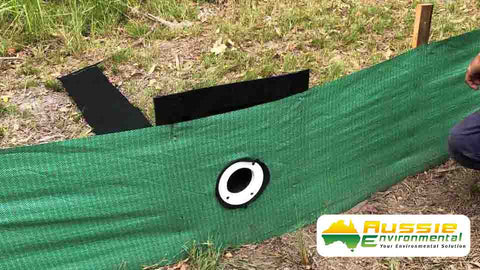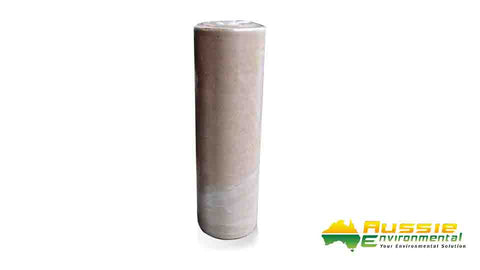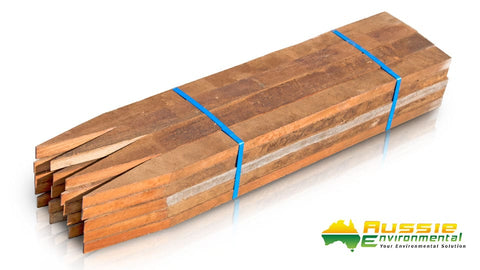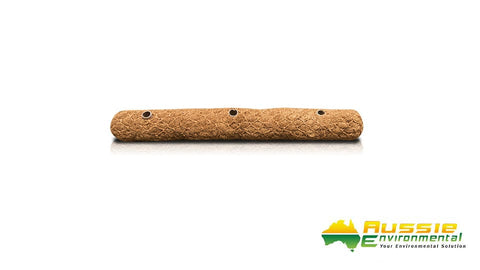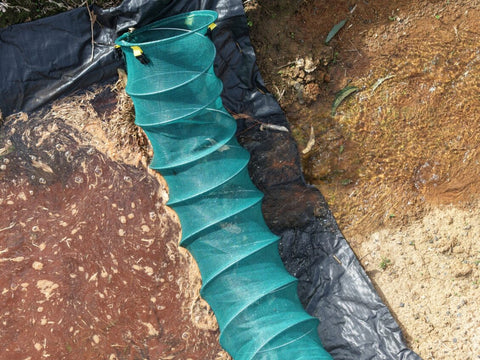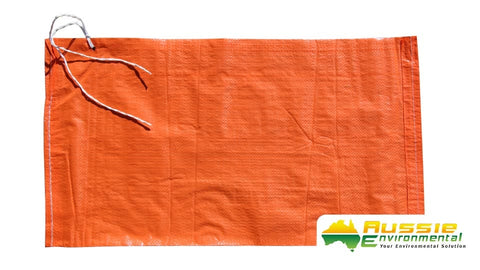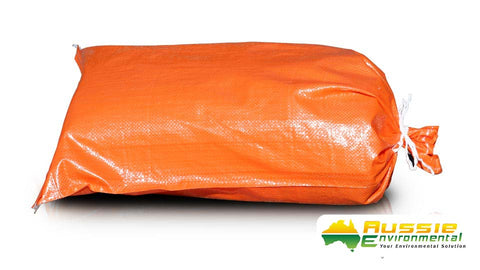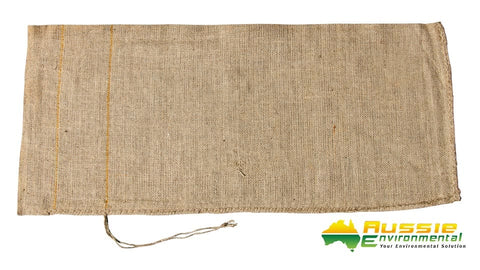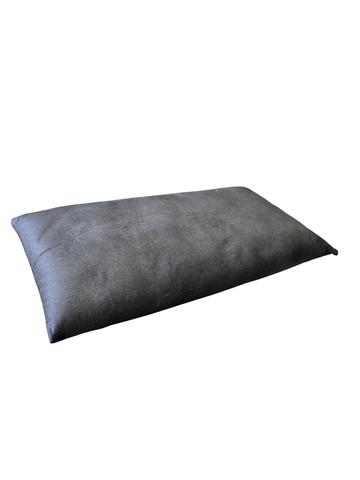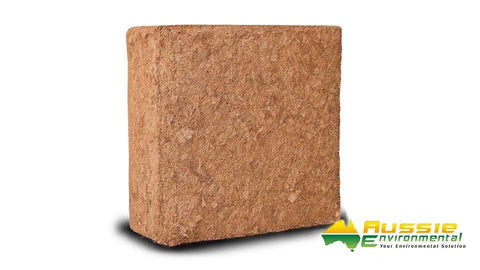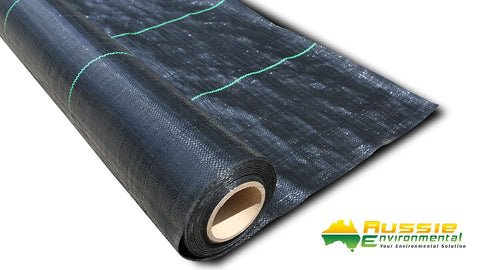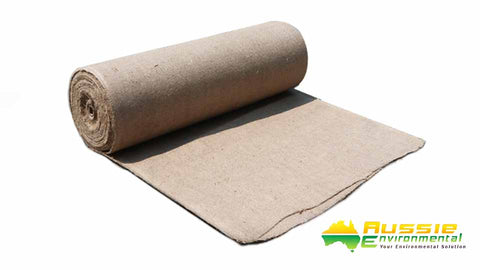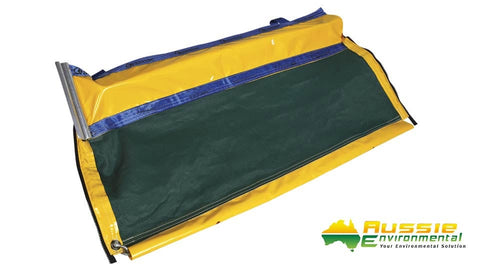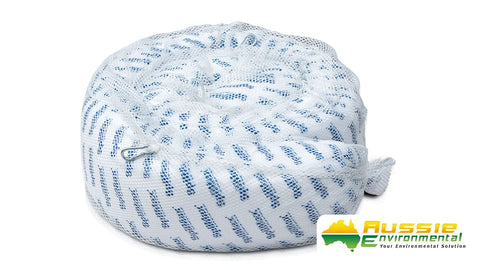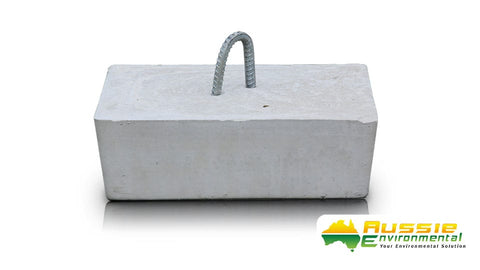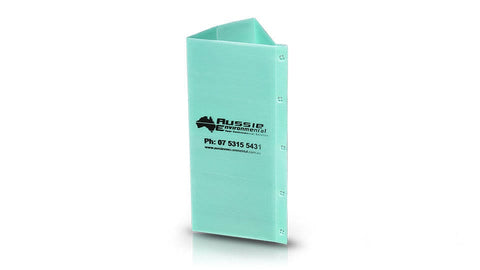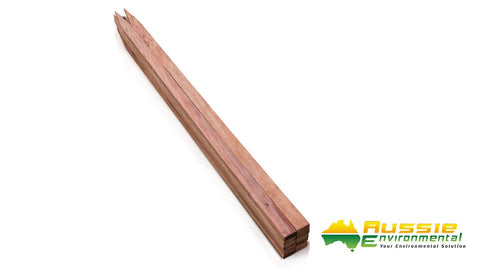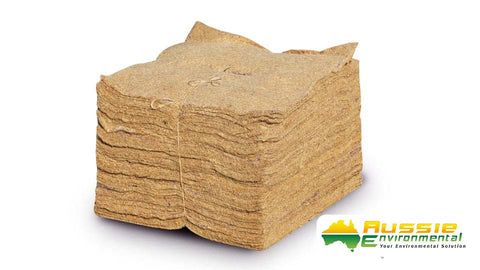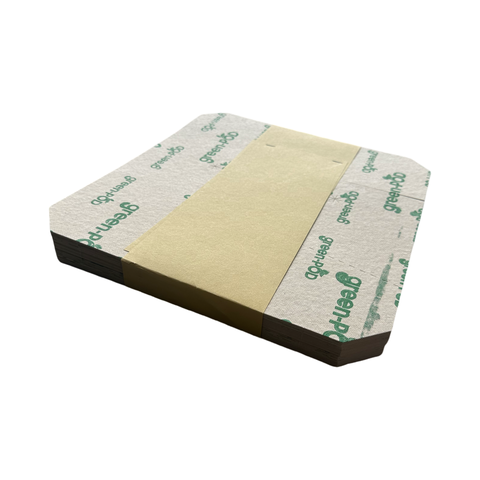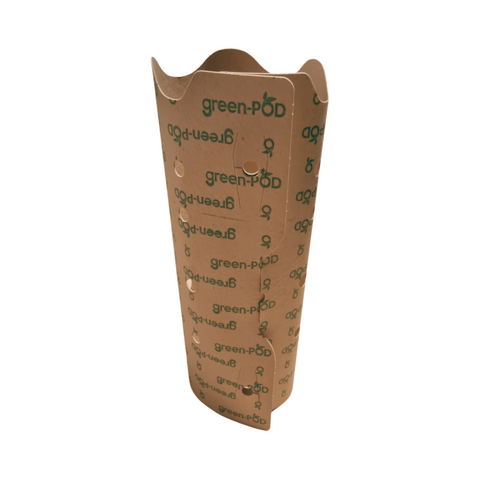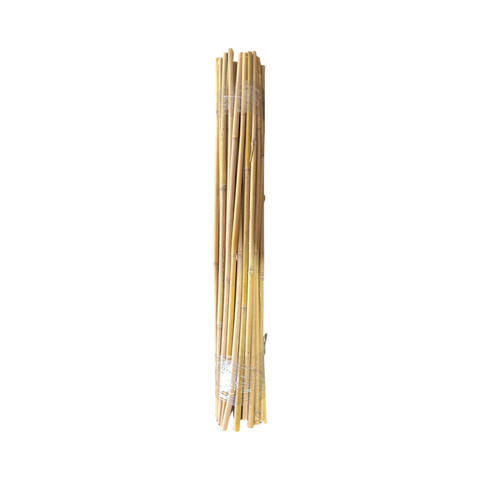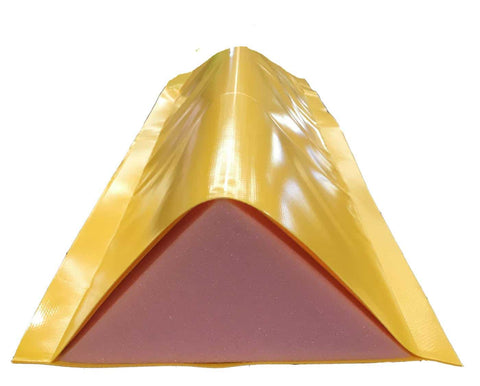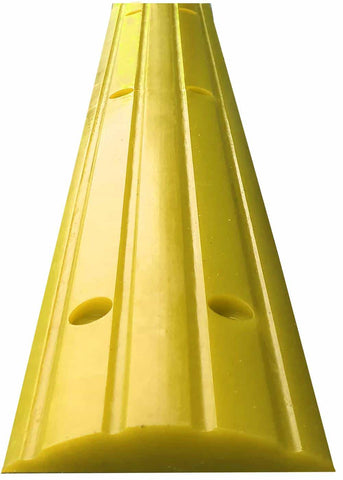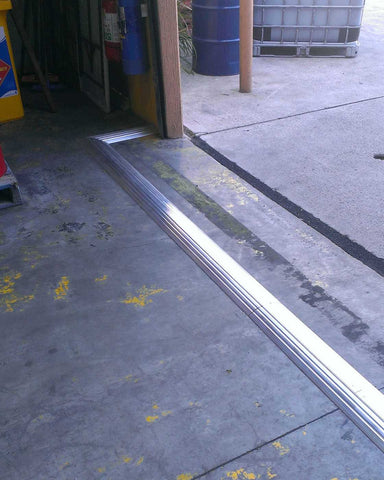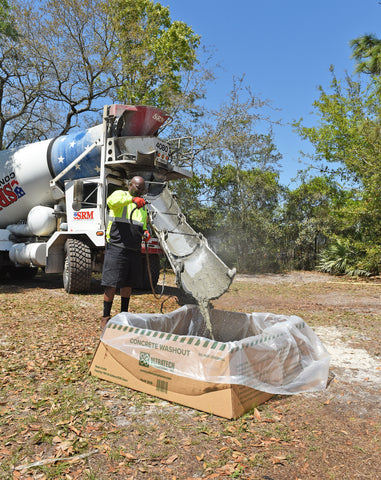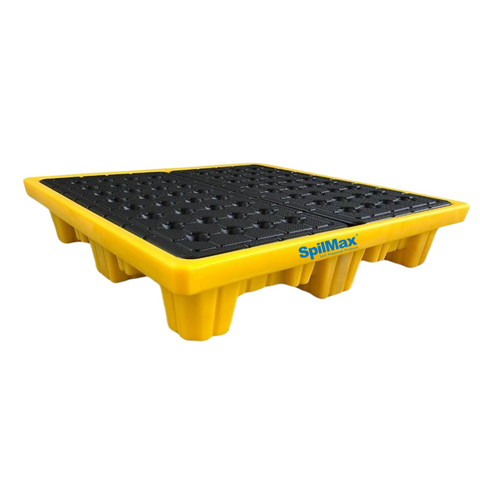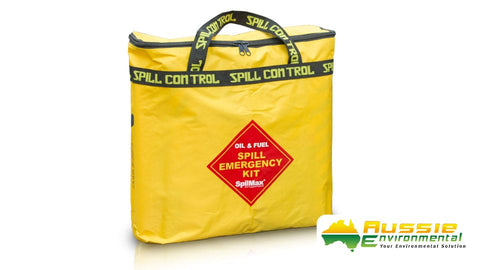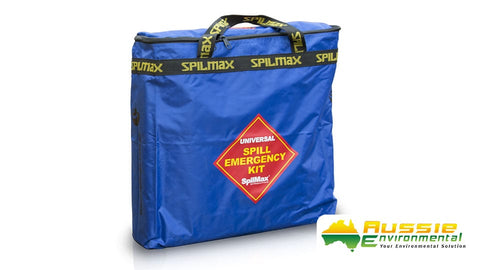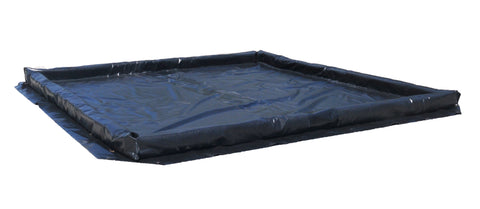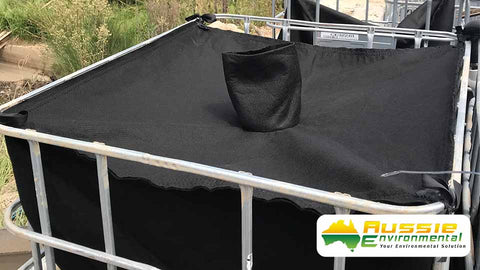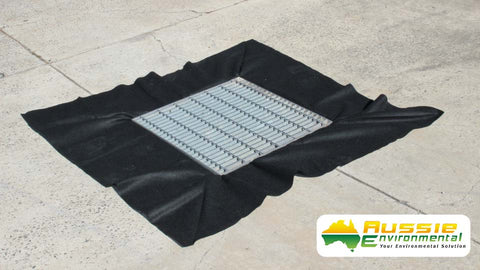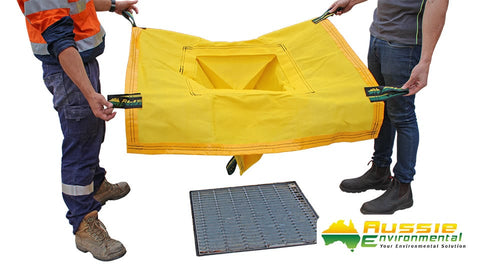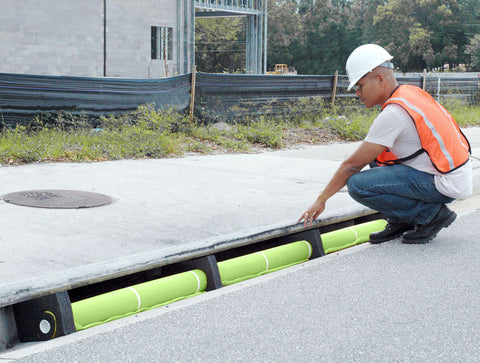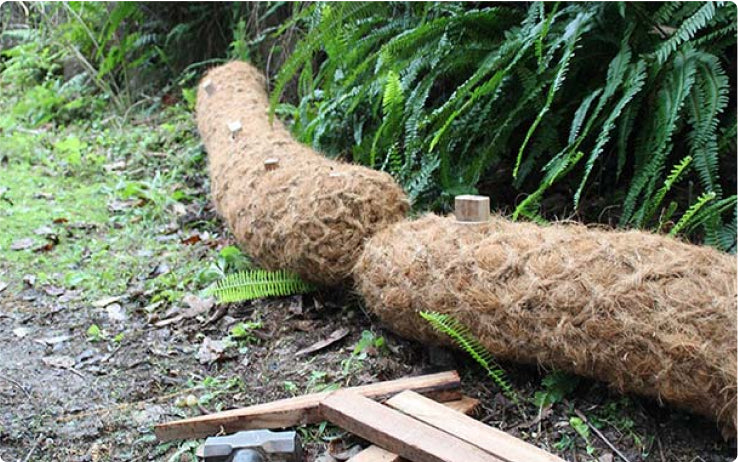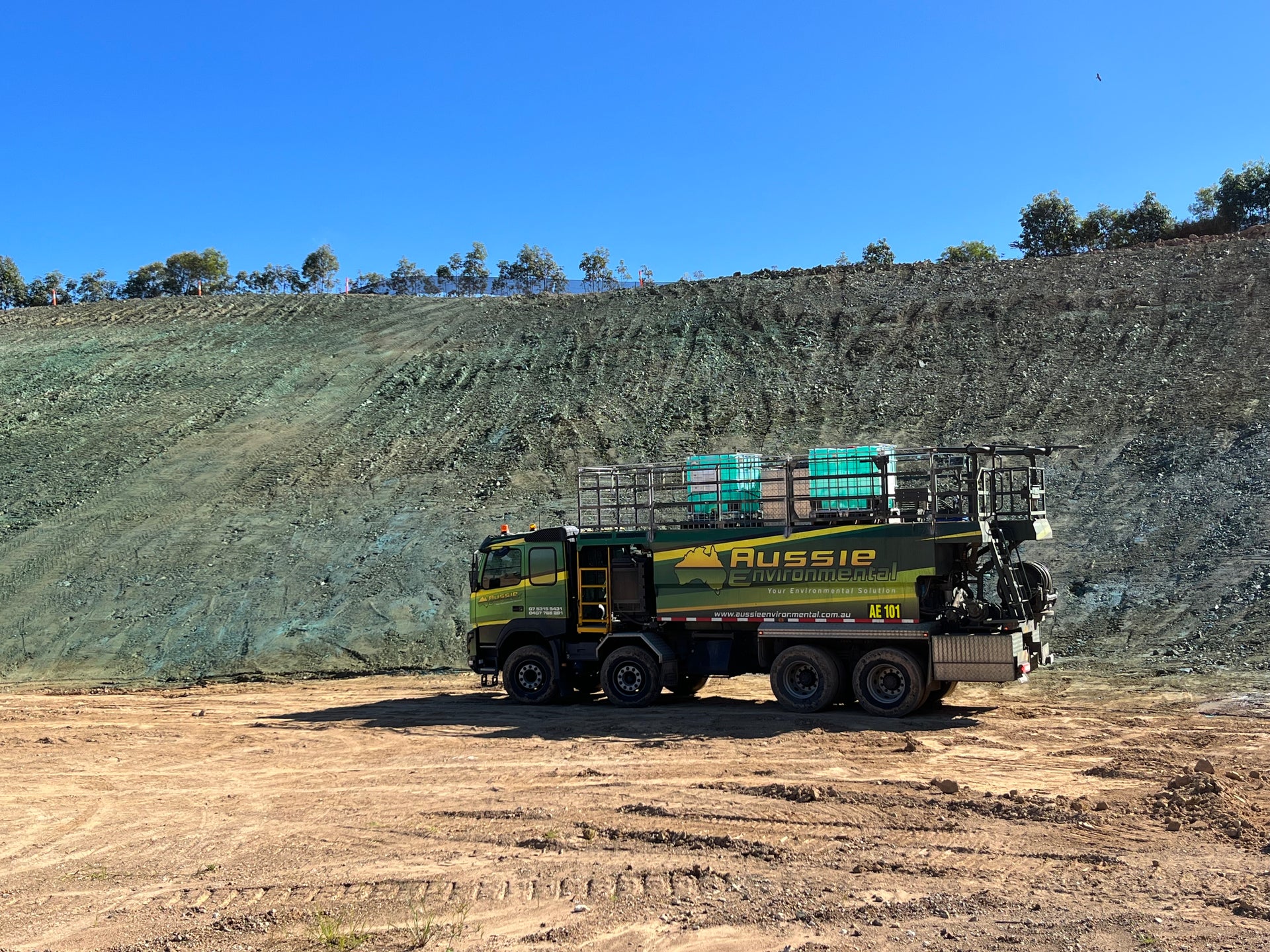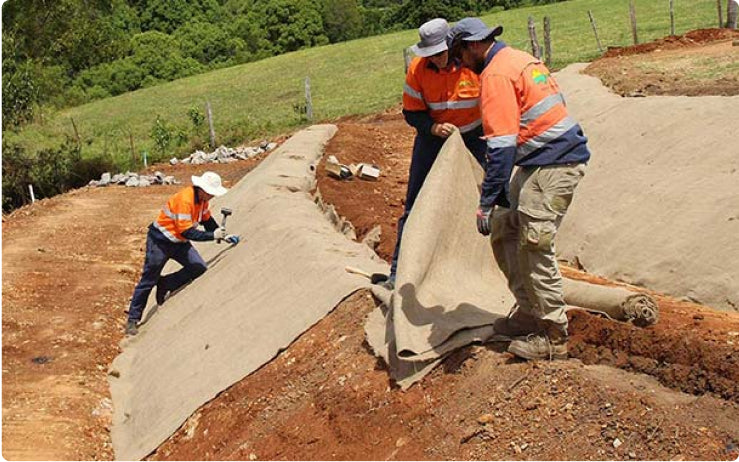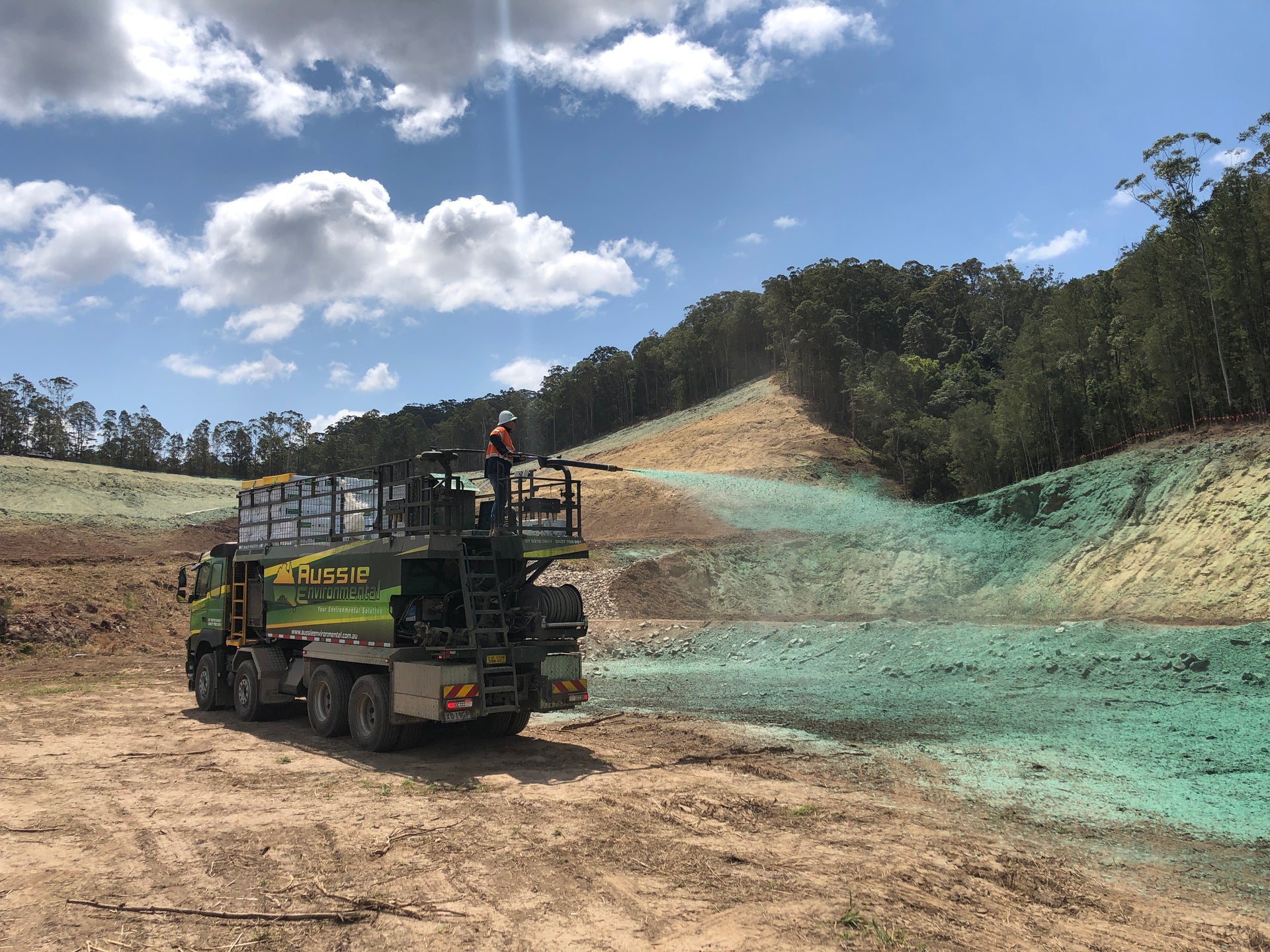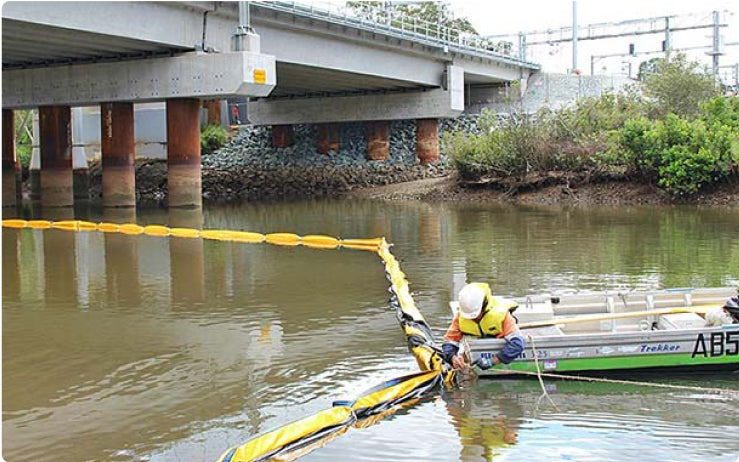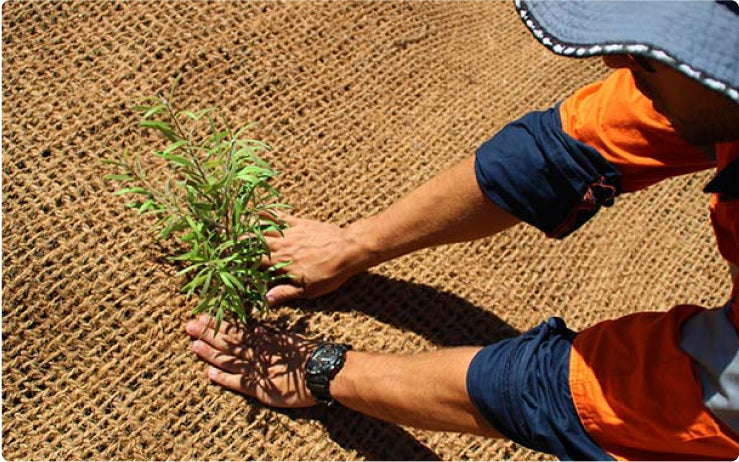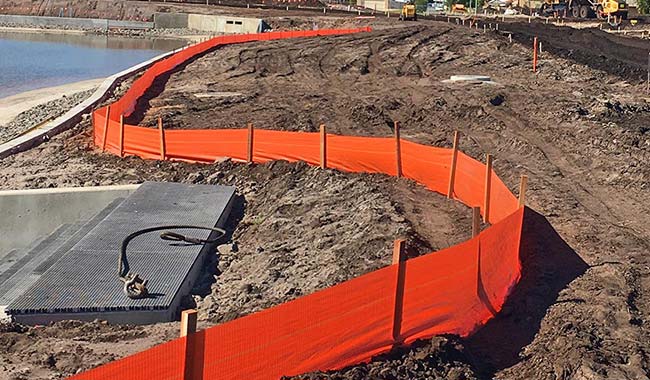Sustainable Landscaping: How to Improve Soil Health and Reduce Water Runoff
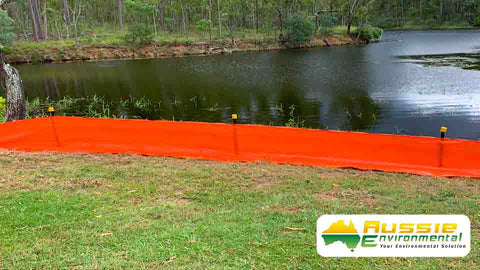
As Australia continues to face water restrictions, dry spells, and unpredictable rain events, sustainable landscaping has become more important than ever. Whether you’re a homeowner, landscaper, or managing a large property, creating a water-wise garden that supports soil health is essential for both the environment and your back pocket.
In this blog, we’ll explore practical, sustainable landscaping tips that help you improve soil quality, reduce water runoff, and create a healthier, more resilient outdoor space.
1. What Is Sustainable Landscaping?
Sustainable landscaping involves designing and maintaining gardens and outdoor spaces in a way that minimises environmental impact. This includes:
- Using drought-tolerant and native plants
- Reducing reliance on irrigation
- Enhancing soil quality
- Controlling erosion and runoff
- Improving biodiversity and natural water cycles
2. Improve Soil Health Naturally
Healthy soil is the foundation of any sustainable landscape. Here’s how to build it:
Use Organic Mulch
Mulch regulates temperature, retains moisture, and improves soil structure as it breaks down. Apply organic mulch such as wood chips, straw, or bark at a depth of 5–10cm.
Add Compost and Soil Conditioners
Compost adds organic matter and improves microbial activity. Over time, this results in better soil aeration, moisture retention, and nutrient availability.
Minimise Soil Disturbance
Avoid excessive digging or tilling. Disturbing soil layers can harm beneficial microbes and reduce its water-holding capacity.
3. Design for Water Efficiency
Install Rain Gardens or Sales
These shallow, landscaped depressions collect stormwater runoff from roofs and paved areas, allowing it to slowly absorb into the ground, filtering pollutants and recharging soil moisture.
Group Plants by Water Needs (Hydrozoning)
Place drought-tolerant species together and group thirstier plants where irrigation is concentrated. This ensures efficient watering and reduces waste.
Use Permeable Surfaces
Replace impermeable materials (like concrete) with gravel, pavers, or permeable paving. This allows water to soak into the ground rather than pooling or washing away.
4. Prevent Water Runoff and Erosion
Excessive runoff can degrade soil, erode top layers, and carry nutrients away. Prevent it with the following:
Install Coir Logs and Matting on Slopes
Coir logs and biodegradable coir matting help slow water movement, trap sediment, and encourage vegetation growth—making them ideal for slope stabilisation and landscaping projects.
Plant Ground Covers and Deep-Rooted Plants
Ground covers protect topsoil, while deep-rooted natives help stabilise the land. We cover the best plants in our next blog.
Improve Soil Health and Reduce Water Runoff Today
Sustainable landscaping isn’t just about saving water—it’s about creating a landscape that thrives naturally. With thoughtful design, healthy soil, and erosion control measures like coir products, you’ll enjoy a low-maintenance, environmentally friendly garden that performs well year-round.
Explore eco-friendly landscaping and erosion control solutions at Aussie Environmental.







